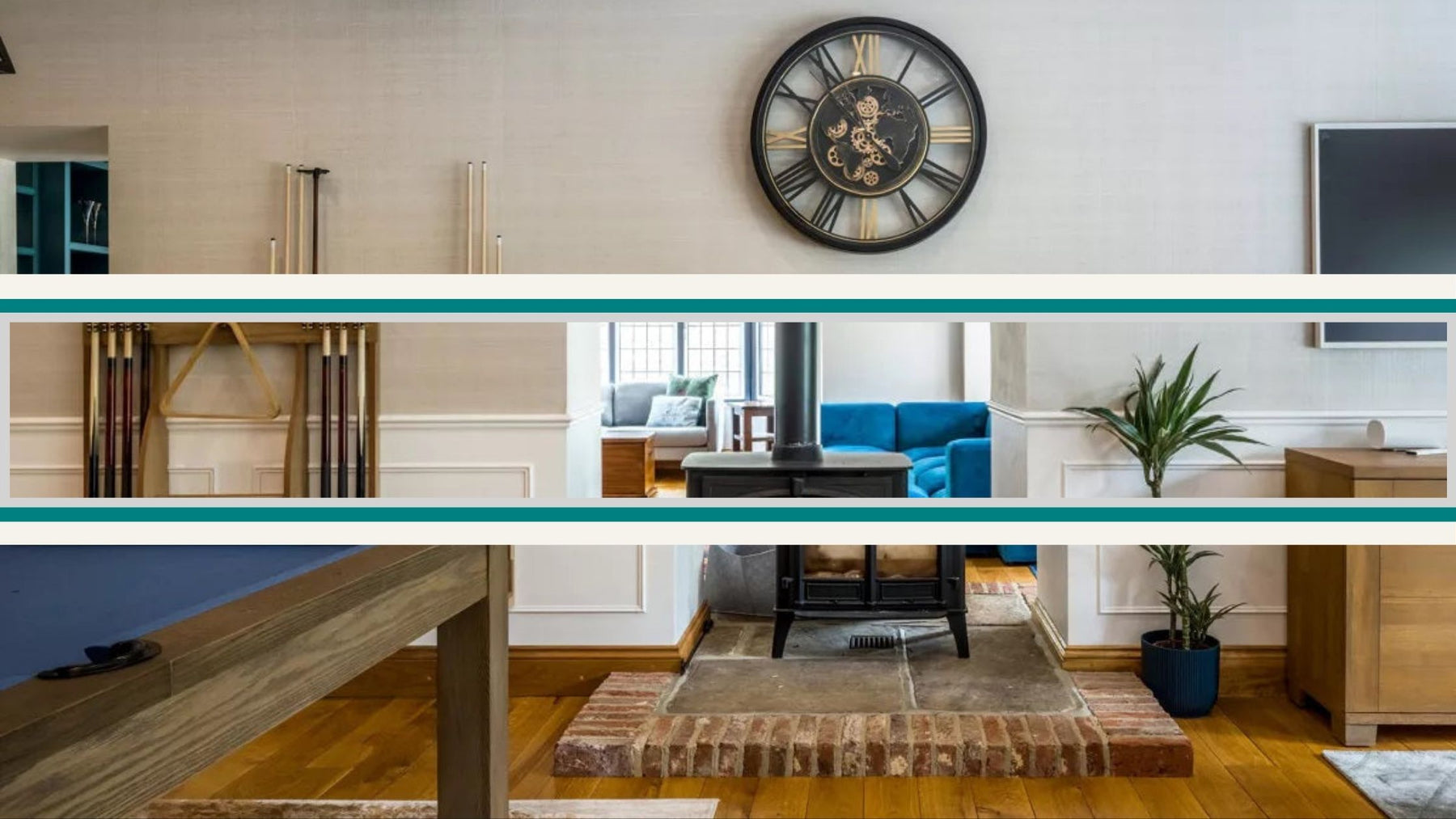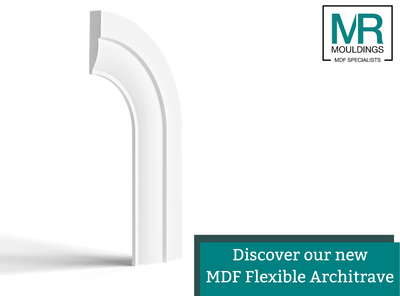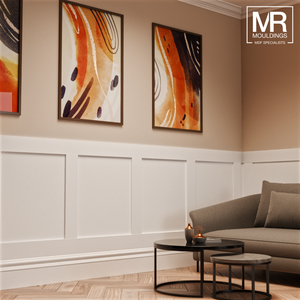
Dado Rail v Picture Rail
"Good design is making something intelligible and memorable. Great design is making something memorable and meaningful." - Dieter Rams
In the world of home décor, it's often the tiniest details that leave the biggest impression! Take the choice between a dado rail and a picture rail, for instance. You might think, "How much could a bit of molding really matter?" But trust me, the impact is more significant than you might expect. Today, we’re diving into the history, charm, and practical use of both. So buckle up—this topic has more depth than meets the eye!
The Classic Charm of the Dado Rail
Let’s start with the dado rail—known across the pond as the chair rail. This feature has graced homes and public spaces since the 17th century! Initially, it wasn’t about style but practicality. Imagine trying to keep the plaster walls in your dining room free from the scuffs of chair backs. Voilà, the dado rail was born. Fast forward to today, and it’s evolved into a design element that’s as stylish as it is functional.
Traditionally, dado rails are positioned about three feet up from the floor, running horizontally along the walls. They’re typically crafted from materials like solid timber, MDF, or softwood, making them versatile enough to fit into any design scheme—whether you’re channeling Edwardian elegance or modern chic. But beyond its good looks, a dado rail is a practical superhero. It guards your walls against those runaway chairs, overzealous kids, or excitable pets, all while adding a refined touch to your room.
Unveiling the Picture Rail: A Stroke of Genius
Now, let’s shift our gaze upward—literally—to the picture rail. This clever piece of molding became all the rage in the Victorian era when lavish wallpapers were the height of fashion. The picture rail offered a solution to a common dilemma: how to hang artwork without damaging those pricey papered walls. Positioned higher up, usually 7 to 9 feet off the ground, it provided a secure spot to display art without driving nails directly into the wall. Genius, right?
Picture rails come in various profiles—flat, curved, or with a small lip at the top to hold picture hooks. But it’s not just about practicality. Installing a picture rail can make a room feel taller, adding a layer of visual interest that’s hard to beat. Plus, it offers an elegant, non-permanent way to showcase your favorite pieces of art.
Dado Rail vs. Picture Rail: A Design Showdown
So, how do these two compare in terms of design? Both bring their own unique flair to your space. Dado rails often feature simple, classic shapes—think half-round or rectangular profiles—that ground a room and add a touch of structure. Picture rails, on the other hand, can be more ornate, with rounded or intricate designs that draw the eye upward.
One thing’s for sure: both rails can transform a plain wall into a statement piece. The main difference lies in their placement—dado rails grace the lower third of the wall, while picture rails claim the upper reaches. Deciding between the two? It all boils down to your personal style and the ambiance you’re aiming to create.
Costs and Installation: What to Expect
Let’s talk numbers. Like most home improvement materials, the cost of dado and picture rails varies. Dado rails typically range from £2 to £15 per metre, depending on the material and design complexity. Picture rails are a bit pricier, running from £2.50 to £20 per metre.
When it comes to installation, both can be a DIY project if you’re handy with tools. But if your molding is particularly intricate or your walls need some prep work, it might be worth calling in the pros. Consider the extent of finishing required—like replastering or painting—when budgeting for your project.
Creative Uses Beyond Tradition
While dado and picture rails were originally designed with specific functions in mind, today’s designers are getting creative. These rails can be purely decorative, or even double as shelf brackets. The key is to consider the overall theme of your room, the height of your ceilings, and what functionality you need. Just remember: moderation is key. Overdoing it could make the room feel cluttered or overly traditional.
Maintenance: Keeping Your Rails Looking Their Best
Maintenance is a breeze for both types of rails. Regular dusting and the occasional wipe-down should keep them looking fresh. If you’ve opted for wooden rails, you might need to rewax or repaint them every so often, but that’s about it. With a little care, both dado and picture rails can last for decades, continuing to protect and beautify your home.
Making the Final Call: Dado or Picture Rail?
So, which one should you choose? The answer depends on your home’s style, what you need the rail to do, and your personal taste. Both the dado rail and the picture rail have their own distinct charms, and deciding between them can be more challenging than you might think!
Take your time to gather all the information—costs, ease of installation, maintenance needs—and match it to your aesthetic vision. After all, you’re the best judge when it comes to your home décor. Whichever you choose, remember that both of these rails offer more than just function; they bring a touch of timeless style to your walls.
In the end, whether you opt for a dado rail or a picture rail, you’re making a choice that will stand the test of time, adding beauty and protection to your space for years to come. So go ahead—make your pick, and enjoy the transformation!




